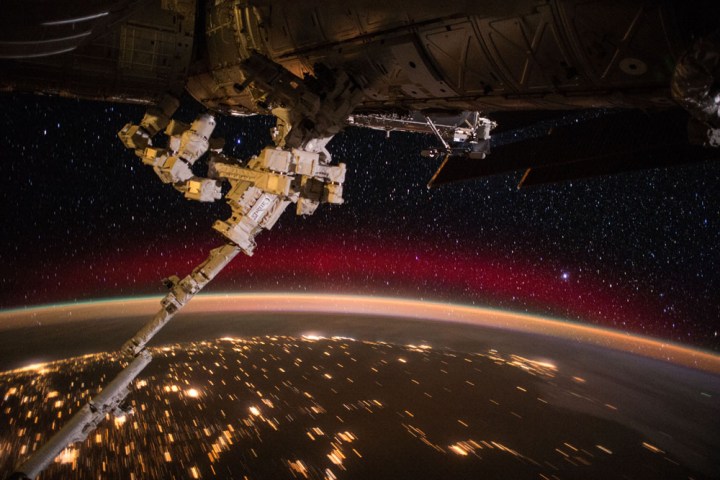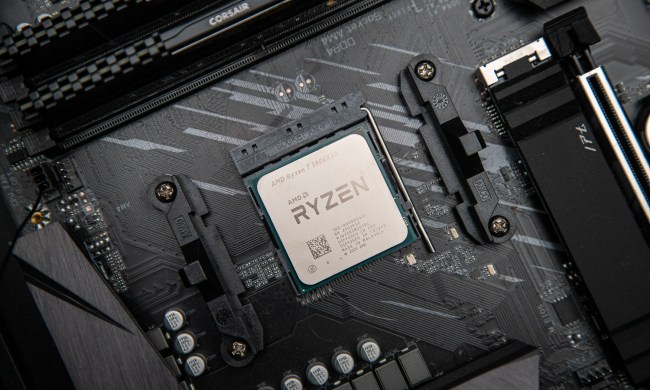
NASA’s progress on the additive manufacturing front carries with it enormous implications for the future of space travel. The hope is that one day, a fully 3D-printed rocket could power travel to Mars and beyond, and more importantly, could do so for much less money. Already, NASA has successfully printed turbopumps, injectors, and valves, which comprise around three-quarters of the necessary components of a functional rocket engine. But their latest test involved assembling an engine with these parts, and found that the engine was capable of producing the thrust needed for a Mars lander. Moreover, it would be able to survive temperatures of 6,000 degrees Fahrenheit.
“By testing the turbopumps, injectors, and valves together, we’ve shown that it would be possible to build a 3D-printed engine for multiple purposes such as landers, in-space propulsion or rocket engine upper stages,” Elizabeth Robertson, project manager for the 3D-printed engine that was just tested in Huntsville, noted in a release.
The process has also been hugely educational for manufacturers, many of whom have never worked with, well, rocket scientists. “Vendors who had never worked with NASA learned how to make parts robust enough for rocket engines,” Robertson noted. “What we’ve learned through this project can now be shared with American companies and our partners.”
Speaking to the possibilities for the future, Michael Gazarik, NASA’s associate administrator for space technology said, “NASA recognizes that on Earth and potentially in space, additive manufacturing can be game-changing for new mission opportunities, significantly reducing production time and cost by ‘printing’ tools, engine parts, or even entire spacecraft.”
So look alive 2016 — the space industry is coming in hot.


